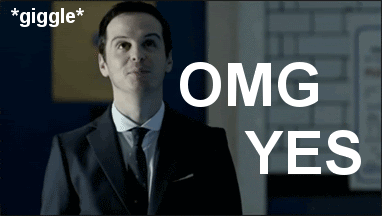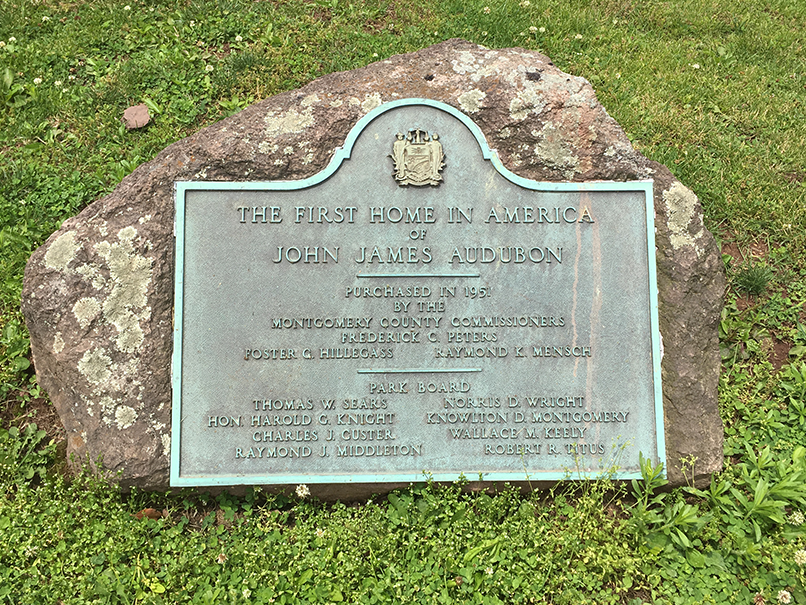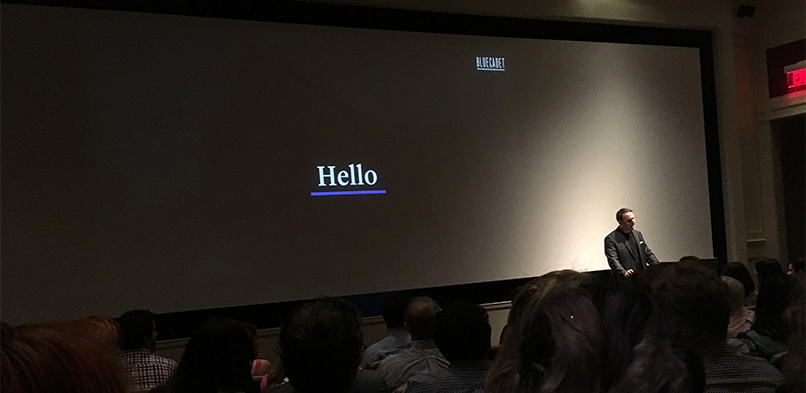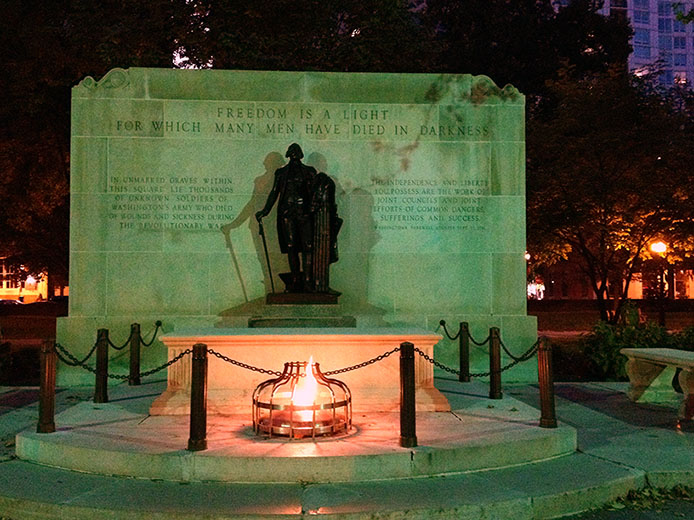FEBRUARY 2023
The Museum of the American Revolution had another stellar temporary exhibit, this time on James Forten and his descendants. This exhibit was called Black Founders: The Forten Family of Philadelphia. At first blush, it did not sound very interesting – I had never heard of this guy and wondered why MoAR’s exhibit was focused on this one man. But, in true MoAR fashion, the exhibit went above and beyond any expectations to give a thorough telling of not only the Forten family’s history, but also contextualized their times and paid homage to their descendants.
Side note: The ENTIRE exhibit is available virtually!!
Who Was James Forten?
James Forten was born free in Philadelphia in 1766. His father was a sail maker in the city but died when James was young. By the time he was 14, Forten was a privateer under Captain Stephen Decatur during the American Revolution, but their ship the Royal Louis was captured. He was offered the opportunity to study in England but declined for patriotic reasons.
Instead he was sent to the prison ship New Jersey and held captive for seven months. Upon his release, he joined a merchant ship that went to London for over a year. When he returned to Philadelphia in 1790, he apprenticed to Robert Bridges, his father’s former employer, to learn the sail making trade. Eight years later, in 1798, Bridges retired and Forten bought the business, becoming one of the wealthiest businessmen, black or white, in Philadelphia.
Continue reading










